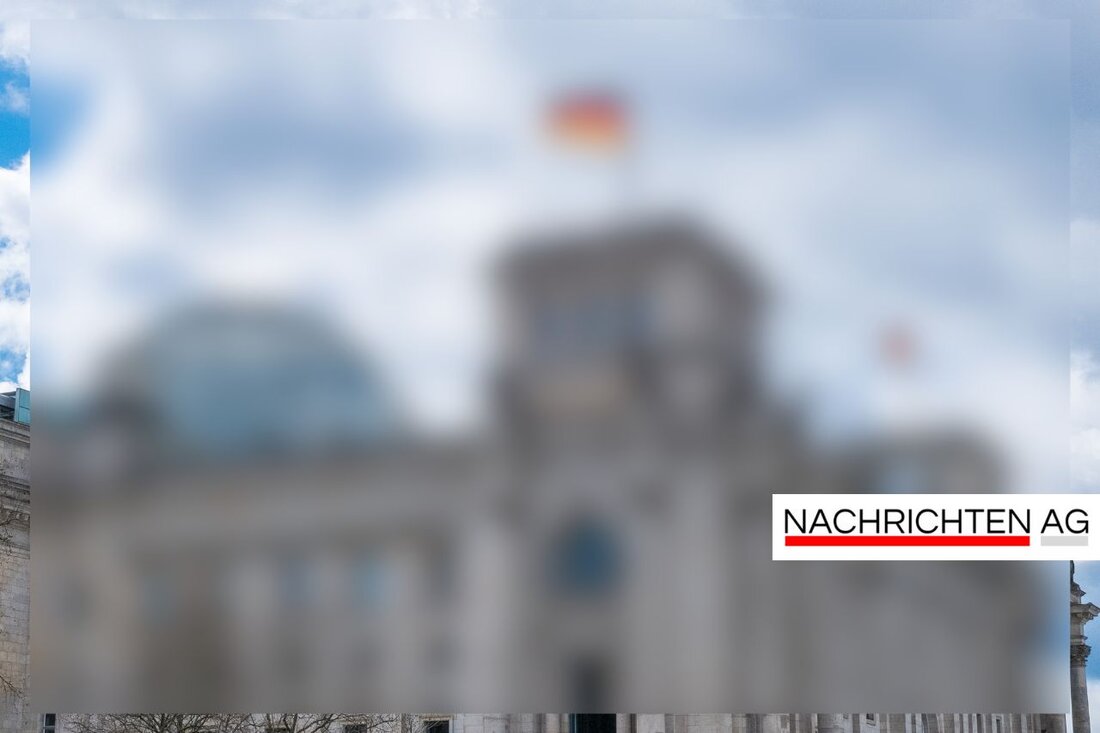Heat shock in Vienna's old buildings: Families suffer from unbearable 30 degrees!
Heat in unrenovated old apartments in Vienna: measurements show dangers for poor families. Climate protection measures required.

Heat shock in Vienna's old buildings: Families suffer from unbearable 30 degrees!
In the last few days there have been scorching temperatures in Vienna, especially in unrenovated old apartments. Measurements from the University of Natural Resources and Life Sciences (Boku) show that temperatures in some apartments rise above 30 degrees. The investigations, which are taking place in nine apartments in Vienna in collaboration with Greenpeace and Volkshilfe, show that all unrenovated old buildings have temperatures above 27 degrees. What is particularly worrying is that values of over 30 degrees were measured in four apartments. Here, poor families in particular suffer from the oppressive heat, as Die Presse reports.
A comparison between the old building and the new building illustrates the problem: While the old building heats up significantly faster and cools down more slowly, it was only hotter in the new building than outside for around 11 hours. In contrast, the residents of the old buildings sweated for more than 15 hours in unbearable temperatures. Greenpeace and Volkshilfe are therefore urgently calling for a renovation offensive from the federal government, which recently canceled environmentally friendly subsidies. This has met with strong criticism.
The urban heat island effect
But where does this extreme heat in cities come from? The so-called urban heat island effect (UHI effect) is largely responsible for this. Cities made of asphalt, concrete, steel and glass trap heat, leading to massive temperature differences between urban and rural areas on summer nights. As National Geographic explains, tropical nights in which temperatures are above 20 degrees occur up to three times more often in cities than in the surrounding area.
The future forecasts are alarming: climate change will further increase the frequency of hot days and tropical nights. This not only leads to extreme temperatures, but also puts a strain on the health of city residents. In addition, an increasing use of air conditioning can be observed. These have more than doubled since 1990, statistics show, but this can raise urban air temperatures locally by up to 3 degrees Celsius.
Active against the heat
How can Viennese people combat the oppressive heat? Experts recommend more green spaces in the city, shading through trees and plants and greening roofs and facades. Mature trees are particularly important because they can reduce air temperatures by up to 5 degrees Celsius. However, many street trees only have a short lifespan and are heavily burdened by compacted soil and pollutants in their environment. A rethink is required in order to improve the quality of life in the city and actively combat climate change.
Activists from Fridays For Future also appear in Vienna. In their climate protection demonstrations, they address the fact that the extreme temperatures in cities cannot be ignored. Their demands include compliance with the 2040 climate goals, in particular a reduction in greenhouse gas emissions by 90 percent. How to deal with so-called loopholes, such as the purchase of international CO2 certificates, is also up for debate. The activists direct their protest directly at Federal Minister Norbert Totschnig (ÖVP) and the entire government.
The responsibility now lies on the shoulders of policymakers. A timely renovation offensive could help many Viennese families who are suffering from the oppressive temperatures. It remains to be hoped that there will be enough pressure to initiate the necessary measures.

 Suche
Suche
 Mein Konto
Mein Konto